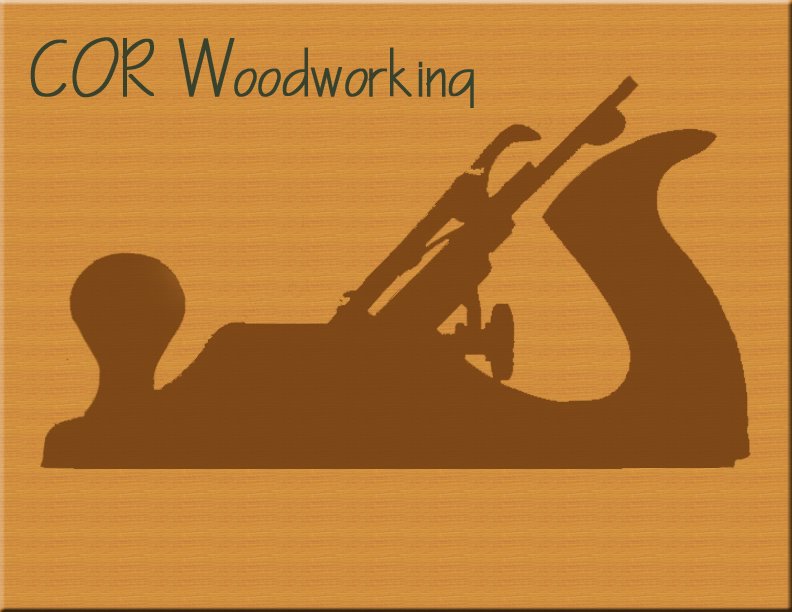
In the shop I use a lot of random small pieces of wood and paper to assist me with my work. I hoard all small piece of scrap wood and keep them in a zip lock bag. I find myself reaching for that bag of scraps to use them as shims. I use them to shim up my shoulder plane to keep it cutting parallel on a rabbet or even as a pad for my C clamps. The most helpful shim in my shop is the simple Post-it notes. These guys are great because they have a sticky end. I use them frequently on my shooting board to offer up a piece of timber "square" to the plane. This is a trick I picked up from David Charlesworth in his Shooting DVD. You can find a variety of uses for Post-It notes just give them a try.
 Setting the projection of a hand plane iron can be difficult. I use a curved iron in most of my bench planes and I want the curve as centered as possible. Most authors suggest using a white piece of paper as a background to site against as you witness the iron emerging from the sole of the plane. I find this difficult to see. I will use this method to set the gross projection and balance, but will fine tune the setting with shims. First, retract the blade into the body of the plane. Second, slowly advance the iron while sliding the shim back and forth over the mouth. Soon you will see and or hear that the iron is cutting the shim. By noting where the shim is being cut on the width of the blade you can compare it to the opposite side of the iron to see if your iron is balanced in the plane. I use small wooden shims, about 1-1/2” x 2” works the best. I use both long grain and end grain shims. I prefer the end grain shims because you can hear when they are cutting. This makes it easier to set the plane because I can hear it cutting rather that looking on the inside of the mouth to see if it is cutting. Long grain shims will get a fiber mark to illustrate the direction of cut. With the end grain shims this is of no concern. They can be used in any direction. I will try to make these shims from a close grained hardwood like maple. To make the end grain shims just take a piece of timber about 1-1/2 thick and 2” to 3” wide and slice a 1/8” to 3/16” off the end. Long grain shims can be cut out of stock but usually you can find some off cuts lying around.
Setting the projection of a hand plane iron can be difficult. I use a curved iron in most of my bench planes and I want the curve as centered as possible. Most authors suggest using a white piece of paper as a background to site against as you witness the iron emerging from the sole of the plane. I find this difficult to see. I will use this method to set the gross projection and balance, but will fine tune the setting with shims. First, retract the blade into the body of the plane. Second, slowly advance the iron while sliding the shim back and forth over the mouth. Soon you will see and or hear that the iron is cutting the shim. By noting where the shim is being cut on the width of the blade you can compare it to the opposite side of the iron to see if your iron is balanced in the plane. I use small wooden shims, about 1-1/2” x 2” works the best. I use both long grain and end grain shims. I prefer the end grain shims because you can hear when they are cutting. This makes it easier to set the plane because I can hear it cutting rather that looking on the inside of the mouth to see if it is cutting. Long grain shims will get a fiber mark to illustrate the direction of cut. With the end grain shims this is of no concern. They can be used in any direction. I will try to make these shims from a close grained hardwood like maple. To make the end grain shims just take a piece of timber about 1-1/2 thick and 2” to 3” wide and slice a 1/8” to 3/16” off the end. Long grain shims can be cut out of stock but usually you can find some off cuts lying around. 



1 comment:
I like the still-life photos. Maybe you could make a face or something wit dem shims.
Post a Comment